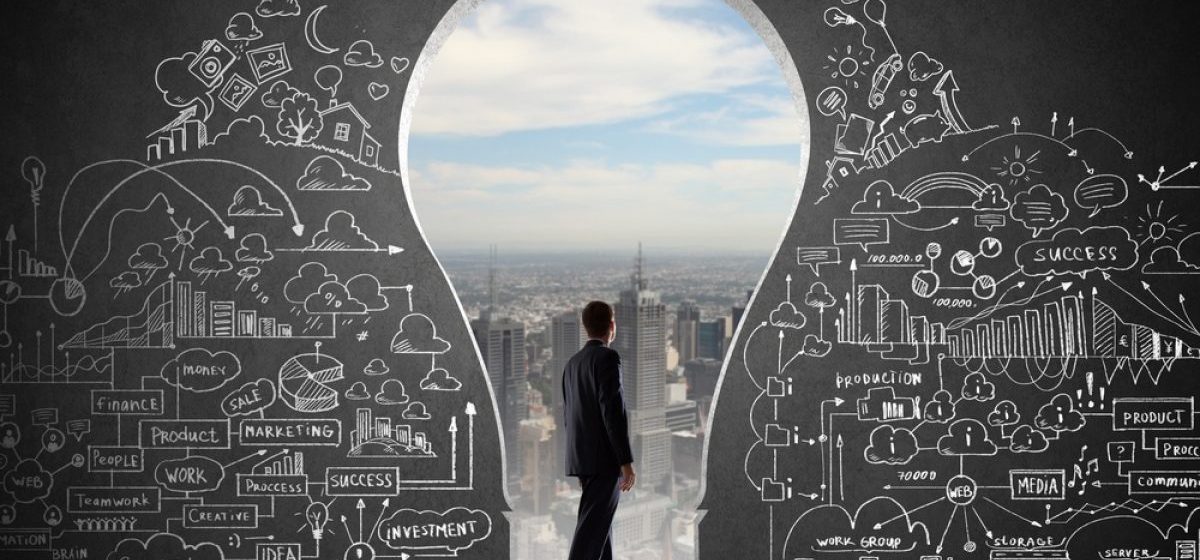A panel of experts discussed the potential of artificial intelligence at a client event in March 2019, chaired by senior private banker Dylan Samuel.
copyright by www.lombardodier.com
 Here we summarise some of their views – these do not reflect the views of Lombard Odier.
Here we summarise some of their views – these do not reflect the views of Lombard Odier.
What are the participants’ involvement with artificial intelligence (AI)?
Nathan Benaich is the founder of Air Street Capital, a venture capital firm focussed on building technology companies that accelerate human progress and that specialise in intelligence systems and deep technology products. He is also the founder of the Research and Applied AI Summit (RAAIS), co-runs London.Ai and writes at www.nathan.ai .
Steve Crossan is an executive-in-residence at Atomico, helping portfolio companies with their product and go-to-market strategies, and helping source AI companies. He formerly worked at DeepMind, where he led the product team responsible for putting DeepMind’s technology into Google, from data centre optimisation to Google Assistant.
Justin Lyon is the chief executive of Simudyne, and one of the world’s leading experts in AI and simulation technology. His current focus is using advanced data analytics and AI simulation platforms to model some of society’s most complex problems. He is a serial technology entrepreneur and has presented at Bloomberg, FT Innovate and TEDx. What’s the difference between AI, machine learning and deep learning?
What’s the difference between AI, machine learning and deep learning?
AI is the broad idea of computer systems replicating the actions of a human mind. Within that definition, machine learning refers to systems solving tasks by ‘learning’ how to perform them, using algorithms and statistical models. Deep learning is a more advanced system, where machines automatically learn, for example, how to recognise features from images automatically, through processing a vast amount of data without explicit instructions from the programme developer.
What are the practical applications of AI, and what are its limitations?
They are all around us – in Google search, when we talk to Siri or Alexa, in our Facebook newsfeed, make payments on the internet and in voice recognition services. The catalysts driving uptake are the sheer volume of data in the modern world, the fall in the cost of and concomitant increase in computing power, and the influence of key opinion leaders in large technology companies – as well as unexpected champions such as the Bank of England’s Andy Haldane.
Thank you for reading this post, don't forget to subscribe to our AI NAVIGATOR!
Over the last ten years, and particularly since 2012, AI systems have become very good at solving problems involving perception – eg image or voice recognition. They are very good at mathematical problems such as credit prediction and order execution, where there is a large amount of data and it is clear what right/wrong looks like. AI tends to struggle interpreting systems where there are a large number of participants and behaviour adapts over time, eg investing.[…]
read more – copyright by www.lombardodier.com


A panel of experts discussed the potential of artificial intelligence at a client event in March 2019, chaired by senior private banker Dylan Samuel.
copyright by www.lombardodier.com
What are the participants’ involvement with artificial intelligence (AI)?
Nathan Benaich is the founder of Air Street Capital, a venture capital firm focussed on building technology companies that accelerate human progress and that specialise in intelligence systems and deep technology products. He is also the founder of the Research and Applied AI Summit (RAAIS), co-runs London.Ai and writes at www.nathan.ai .
Steve Crossan is an executive-in-residence at Atomico, helping portfolio companies with their product and go-to-market strategies, and helping source AI companies. He formerly worked at DeepMind, where he led the product team responsible for putting DeepMind’s technology into Google, from data centre optimisation to Google Assistant.
Justin Lyon is the chief executive of Simudyne, and one of the world’s leading experts in AI and simulation technology. His current focus is using advanced data analytics and AI simulation platforms to model some of society’s most complex problems. He is a serial technology entrepreneur and has presented at Bloomberg, FT Innovate and TEDx. What’s the difference between AI, machine learning and deep learning?
What’s the difference between AI, machine learning and deep learning?
AI is the broad idea of computer systems replicating the actions of a human mind. Within that definition, machine learning refers to systems solving tasks by ‘learning’ how to perform them, using algorithms and statistical models. Deep learning is a more advanced system, where machines automatically learn, for example, how to recognise features from images automatically, through processing a vast amount of data without explicit instructions from the programme developer.
What are the practical applications of AI, and what are its limitations?
They are all around us – in Google search, when we talk to Siri or Alexa, in our Facebook newsfeed, make payments on the internet and in voice recognition services. The catalysts driving uptake are the sheer volume of data in the modern world, the fall in the cost of and concomitant increase in computing power, and the influence of key opinion leaders in large technology companies – as well as unexpected champions such as the Bank of England’s Andy Haldane.
Thank you for reading this post, don't forget to subscribe to our AI NAVIGATOR!
Over the last ten years, and particularly since 2012, AI systems have become very good at solving problems involving perception – eg image or voice recognition. They are very good at mathematical problems such as credit prediction and order execution, where there is a large amount of data and it is clear what right/wrong looks like. AI tends to struggle interpreting systems where there are a large number of participants and behaviour adapts over time, eg investing.[…]
read more – copyright by www.lombardodier.com
Share this: